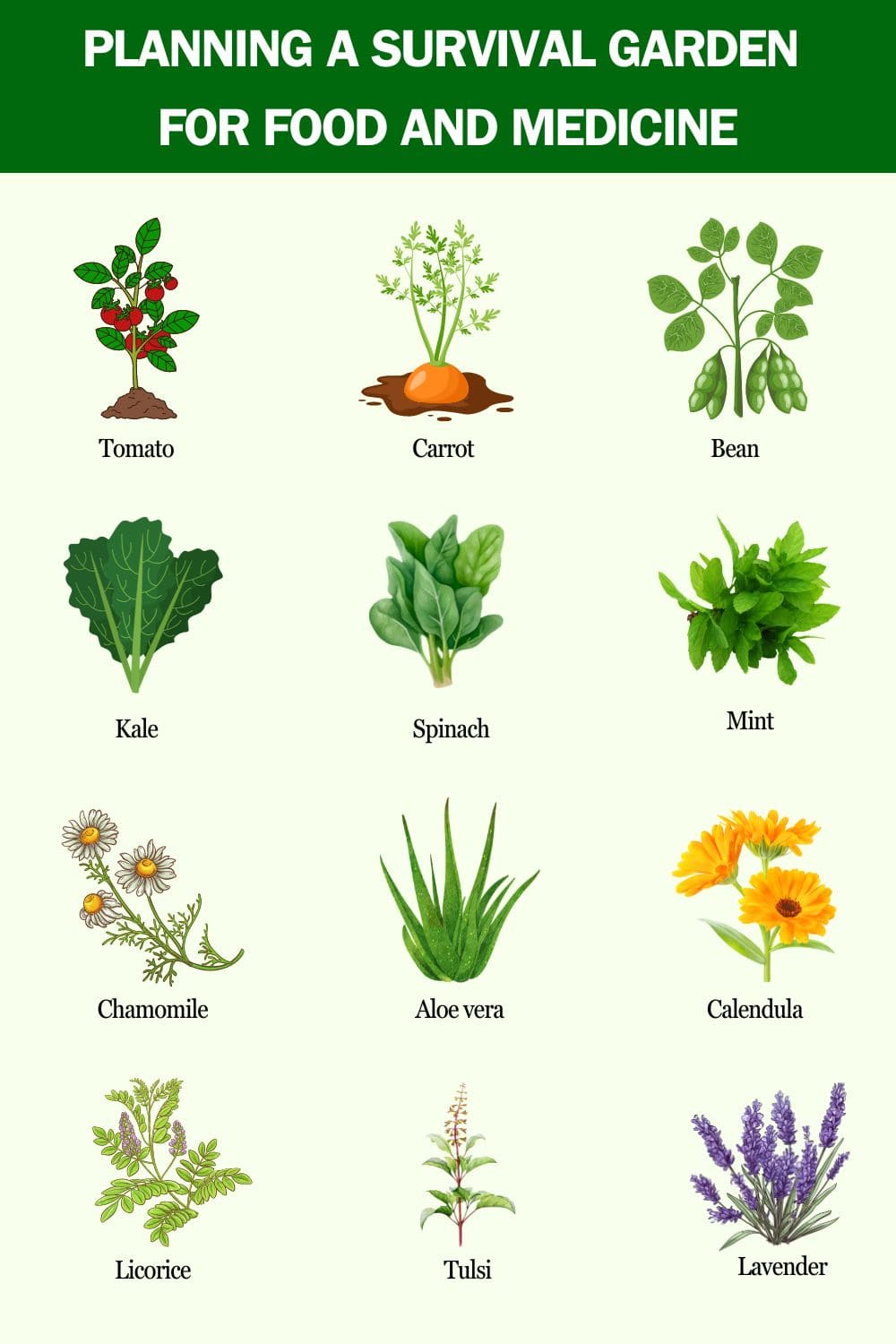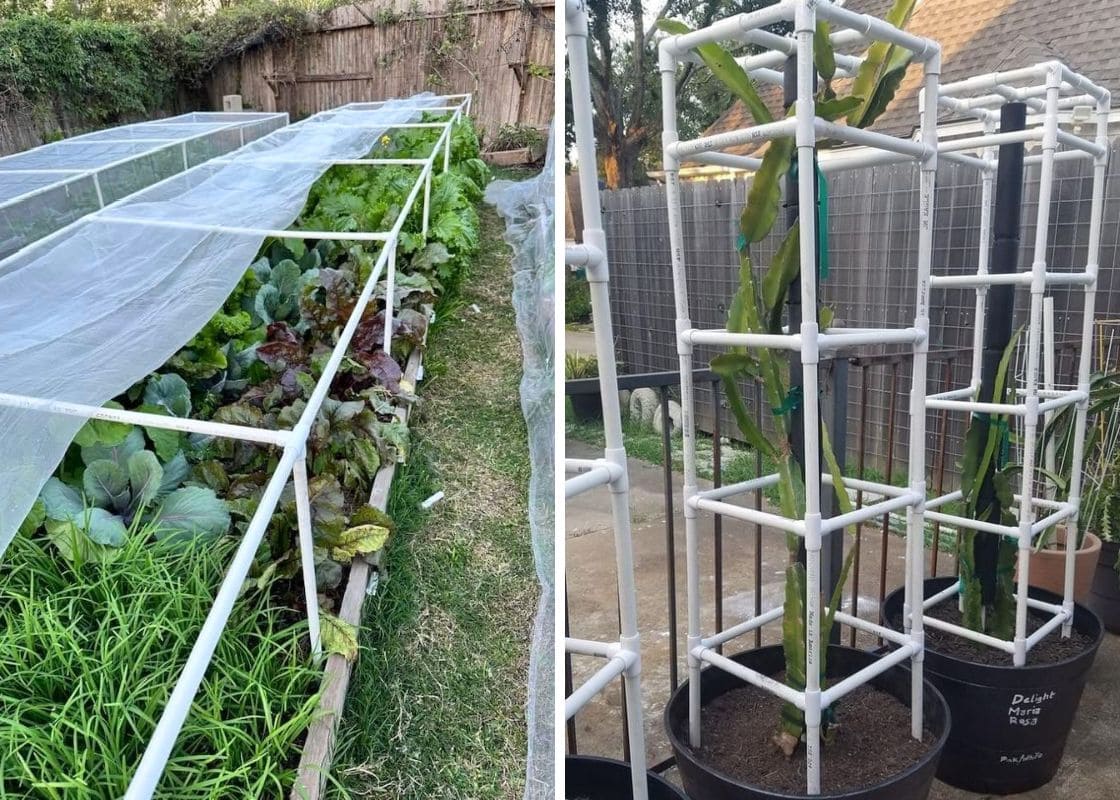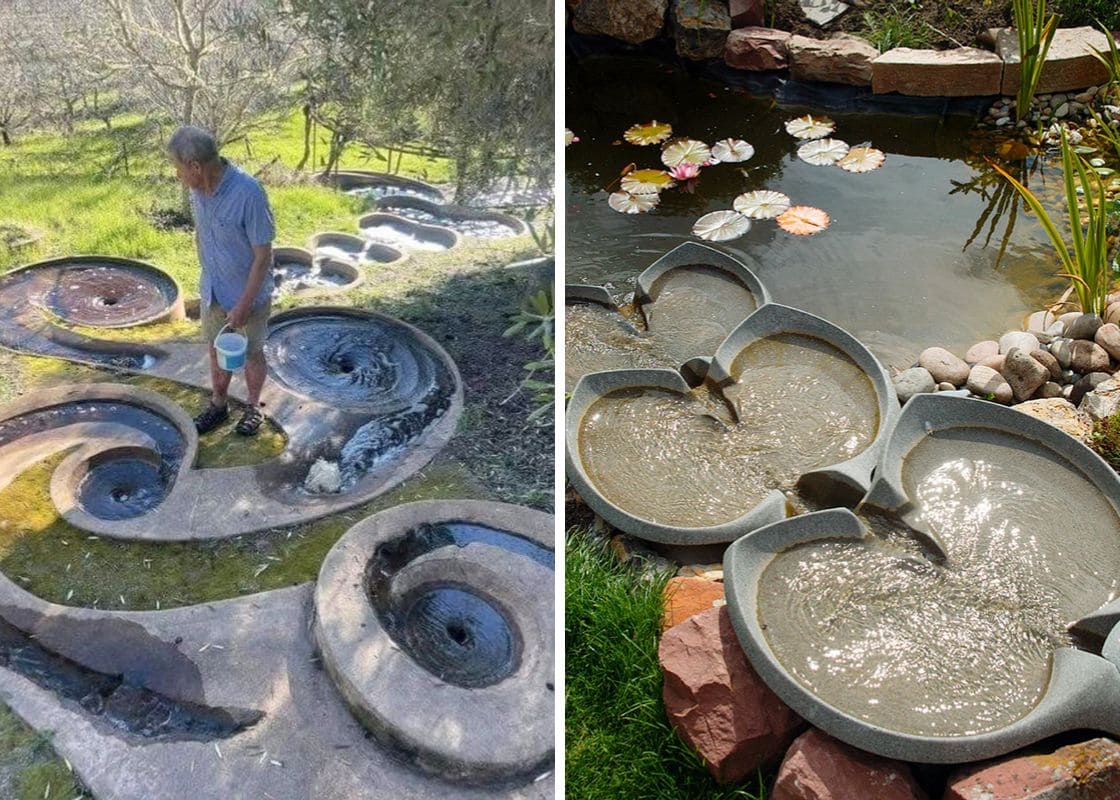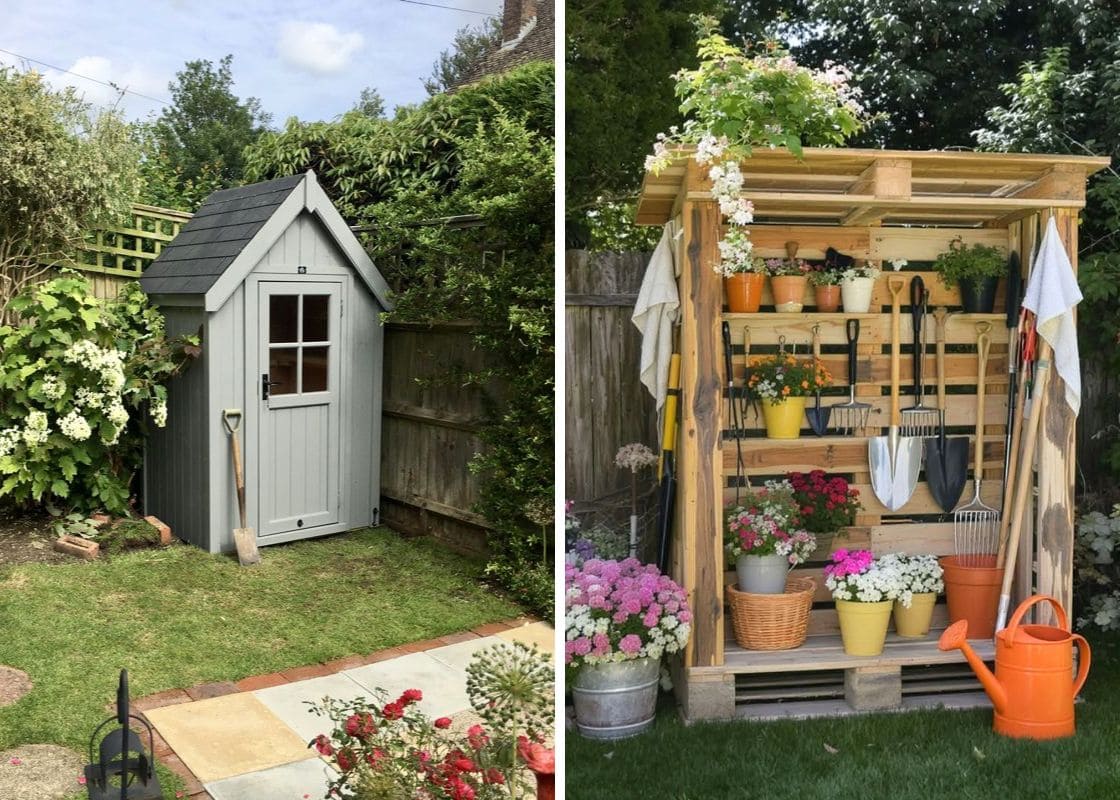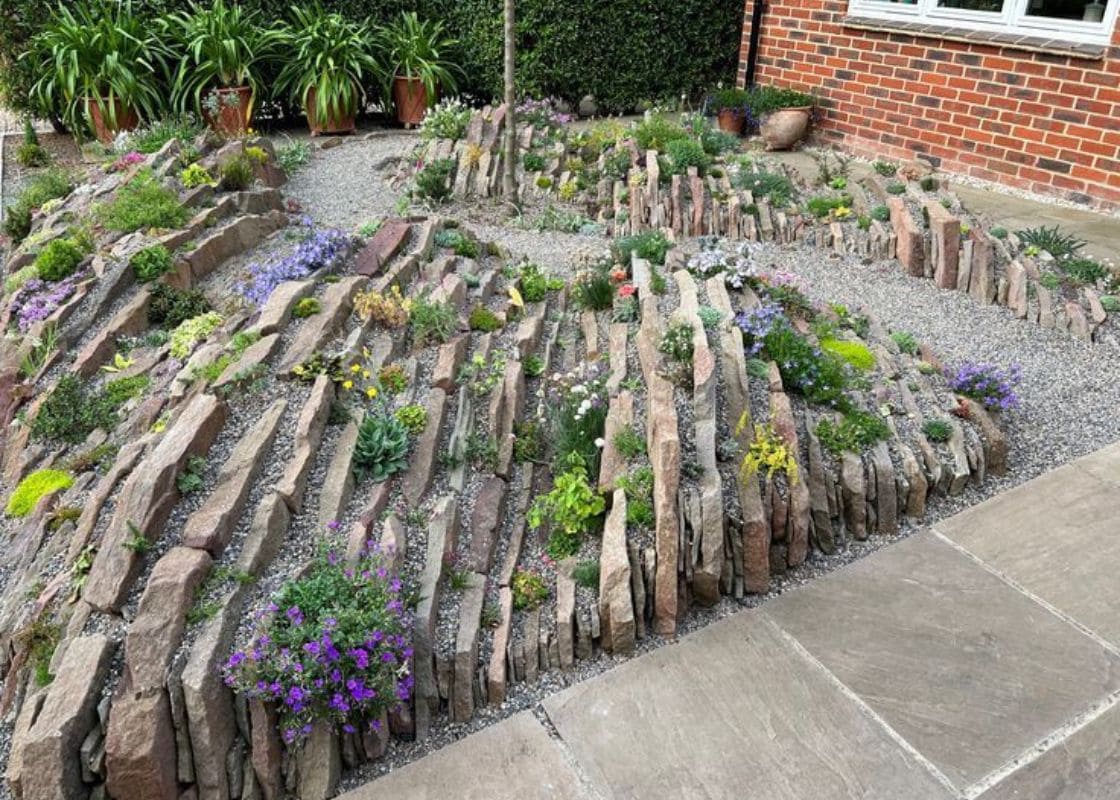In today’s unpredictable world, planning a survival garden can be a game-changer.
Imagine having a garden that not only provides a steady supply of fresh food but also offers natural remedies for common ailments.
A survival garden does just that, blending practicality with self-sufficiency in a way that can transform your approach to home gardening.
Planning Your Survival Garden
Assessing Your Space
Whether you have a large backyard or a small balcony, understanding your space helps in making the most out of it.
Consider factors like sunlight exposure, soil quality, and access to water. These elements are crucial in planning an efficient and productive garden.
Selecting Plants
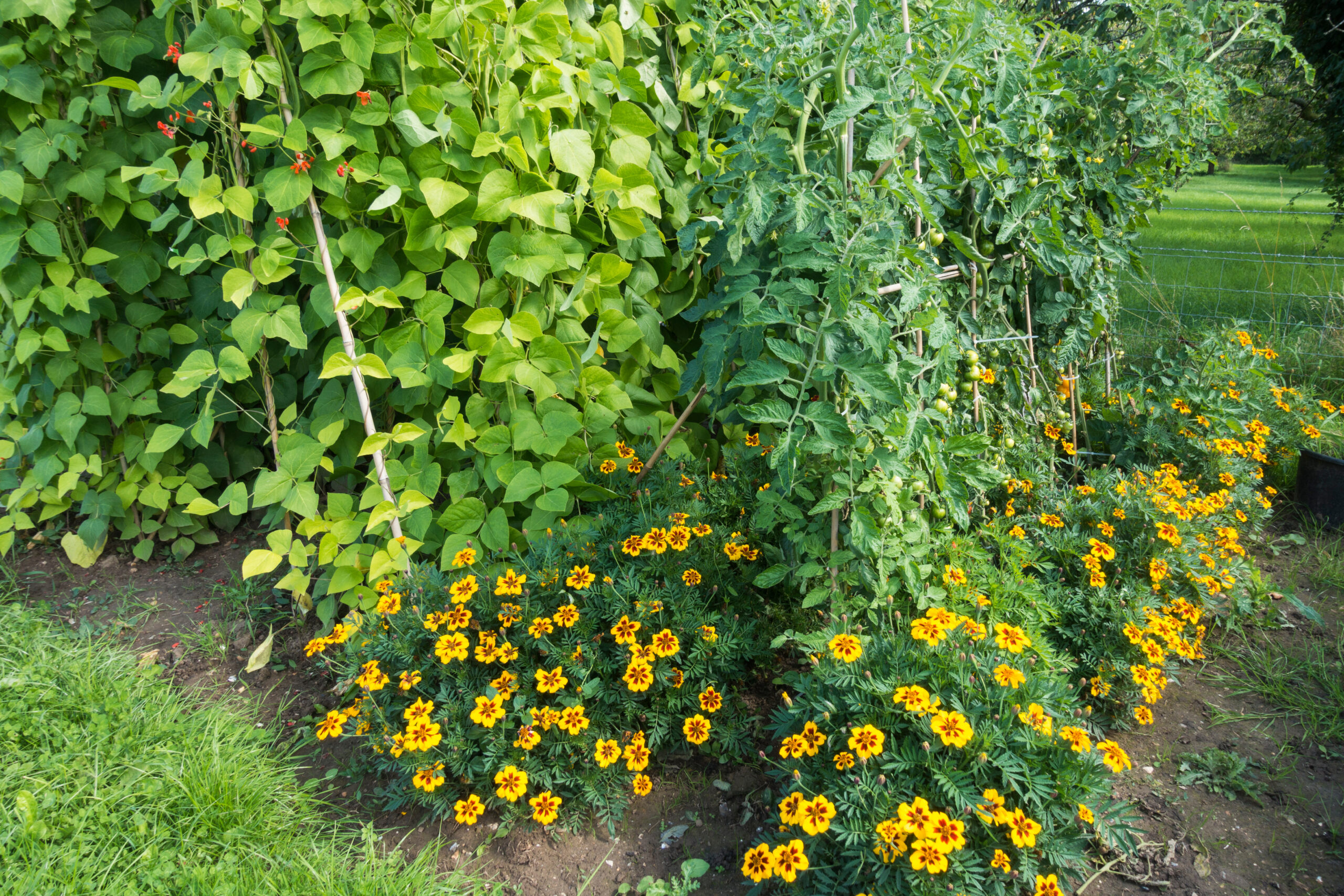
Food Plants: Choose high-yield vegetables that are well-suited to your climate. Tomatoes, carrots, and beans are excellent choices.
For nutrient density, include leafy greens like kale and spinach, which thrive in various conditions and offer substantial health benefits.
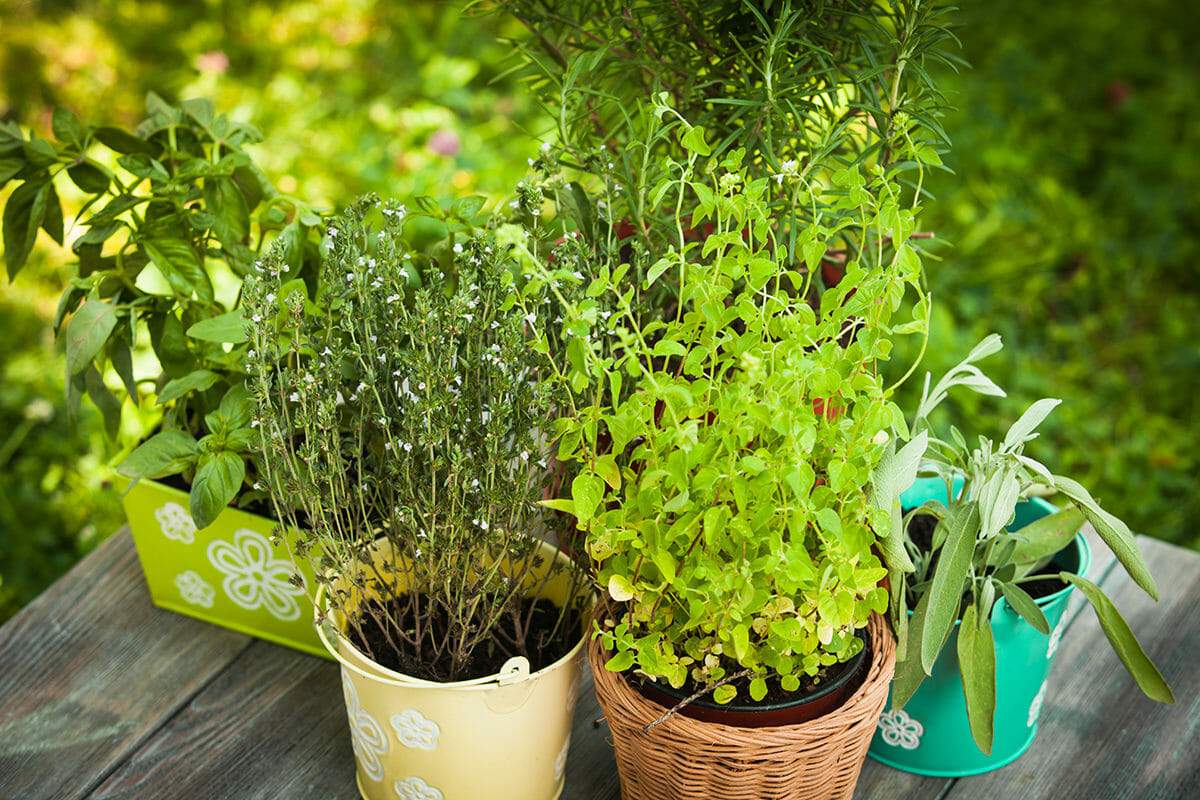
Medicinal Plants: Mint and chamomile are versatile for various ailments, while aloe vera and calendula are great for first aid and skin care.
These plants not only serve practical purposes but also enhance your garden’s diversity.
Designing Your Garden Layout
Effective Garden Design
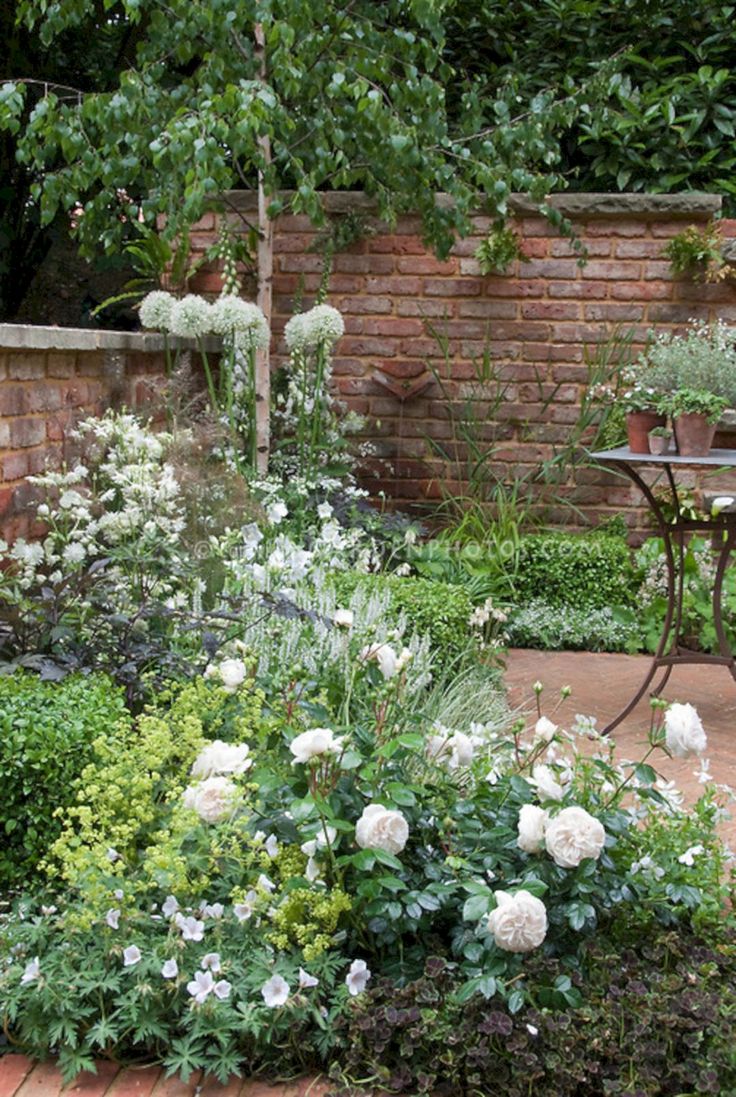
You should utilize companion planting pairing plants that benefit each other and rotate crops to maintain soil health.
Design your garden to ensure adequate sunlight and airflow, which helps prevent diseases and encourages healthy growth.
Planting Methods
Taller plants should be placed where they won’t cast shade on shorter ones. You also consider the sun’s path and plant accordingly.
A well-thought-out design can make your garden more productive and easier to manage.
Preparing the Soil and Watering System
Soil Preparation
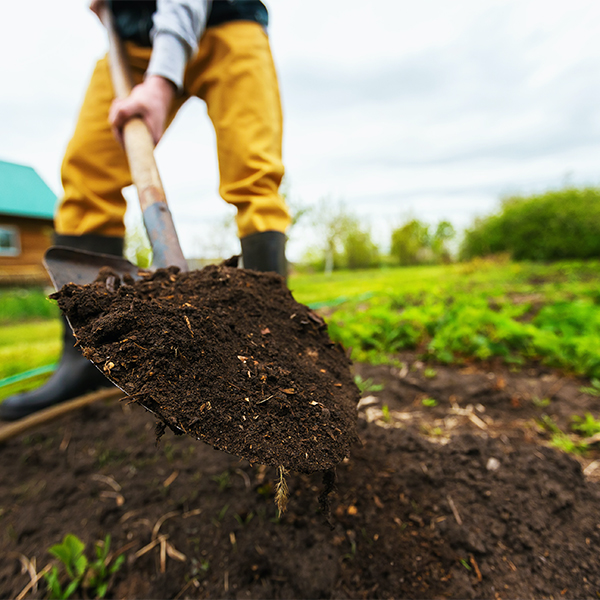
You can enrich your soil with organic matter like compost to improve fertility and structure.
Well-prepared soil is the foundation of a thriving garden, supporting plant health and productivity.
Watering Solutions
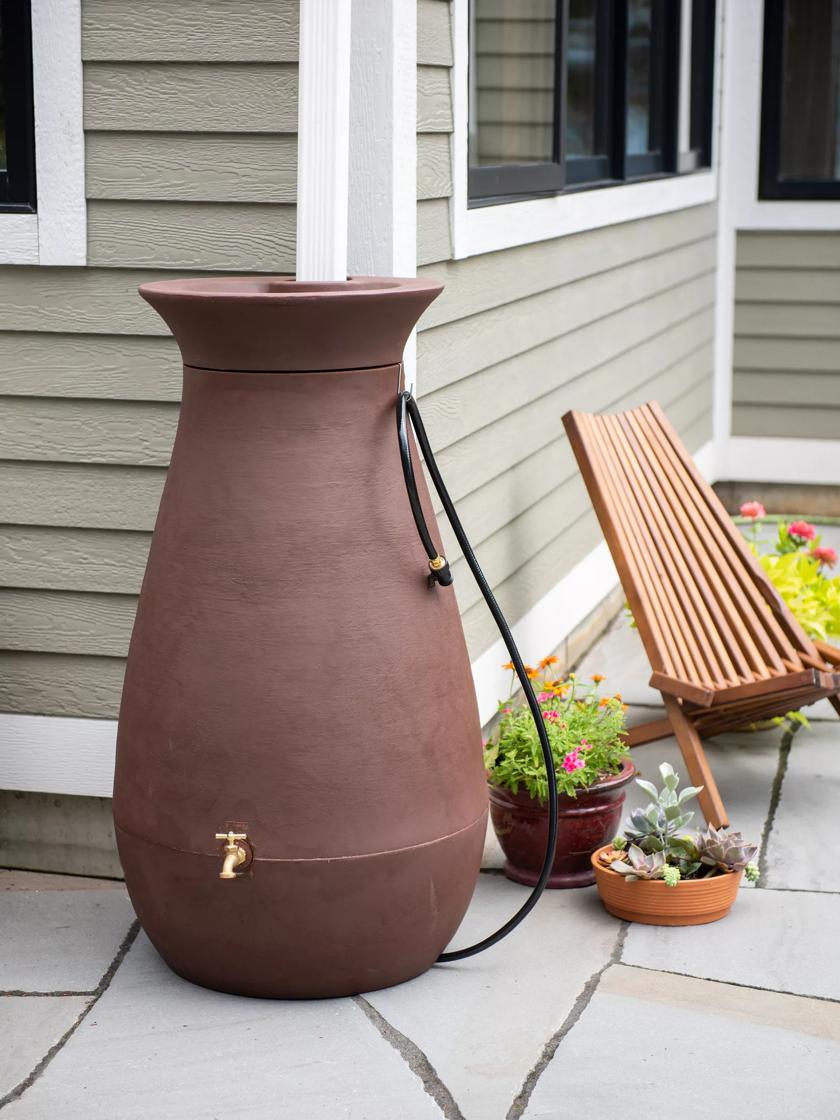
Implement efficient watering systems such as drip irrigation to ensure your plants receive consistent moisture without waste.
Besides, using rain barrels can help collect and conserve water, while mulch helps retain soil moisture and reduce evaporation.
Caring for Your Garden
Routine Care
You should monitor your plants for signs of pests and diseases, and address issues promptly.
Regular pruning, harvesting, and crop rotation keep your garden in peak condition and enhance its productivity.
Seasonal Adjustments
You should prepare for winter by insulating plants or moving containers indoors.
During summer, ensure your plants receive adequate water and shade to prevent heat stress.
Harvesting and Utilizing Your Garden
Harvesting Techniques
When it’s time to harvest, pick fruits and vegetables at their peak ripeness for the best flavor and nutritional value.
Food Preservation
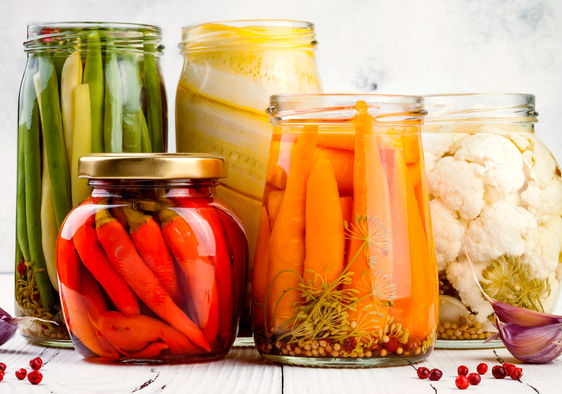
Fruits and vegetables with a short shelf life can be preserved through canning, drying, freezing, or fermenting. You can also bake or cook them before freezing.
In addition, collect seeds from fruits or flowers, dry them thoroughly, and store them in airtight containers or seed bags in a cool, dark place.
Maintaining a seed bank can help you quickly restart your garden in emergencies.
Using Medical Plants
Extractions

To make herbal tea, dry the herbs and steep them in hot water. This simple infusion can deliver medicinal benefits as well as essential vitamins and minerals.
For a more concentrated extraction, a decoction involves simmering herbs, such as roots or bark, in water for one to two hours.
This method, akin to making broth, extracts deeper essences from tougher plant materials.
You can enhance the decoction with honey or sugar to create a soothing syrup.
Alcohol Extracts
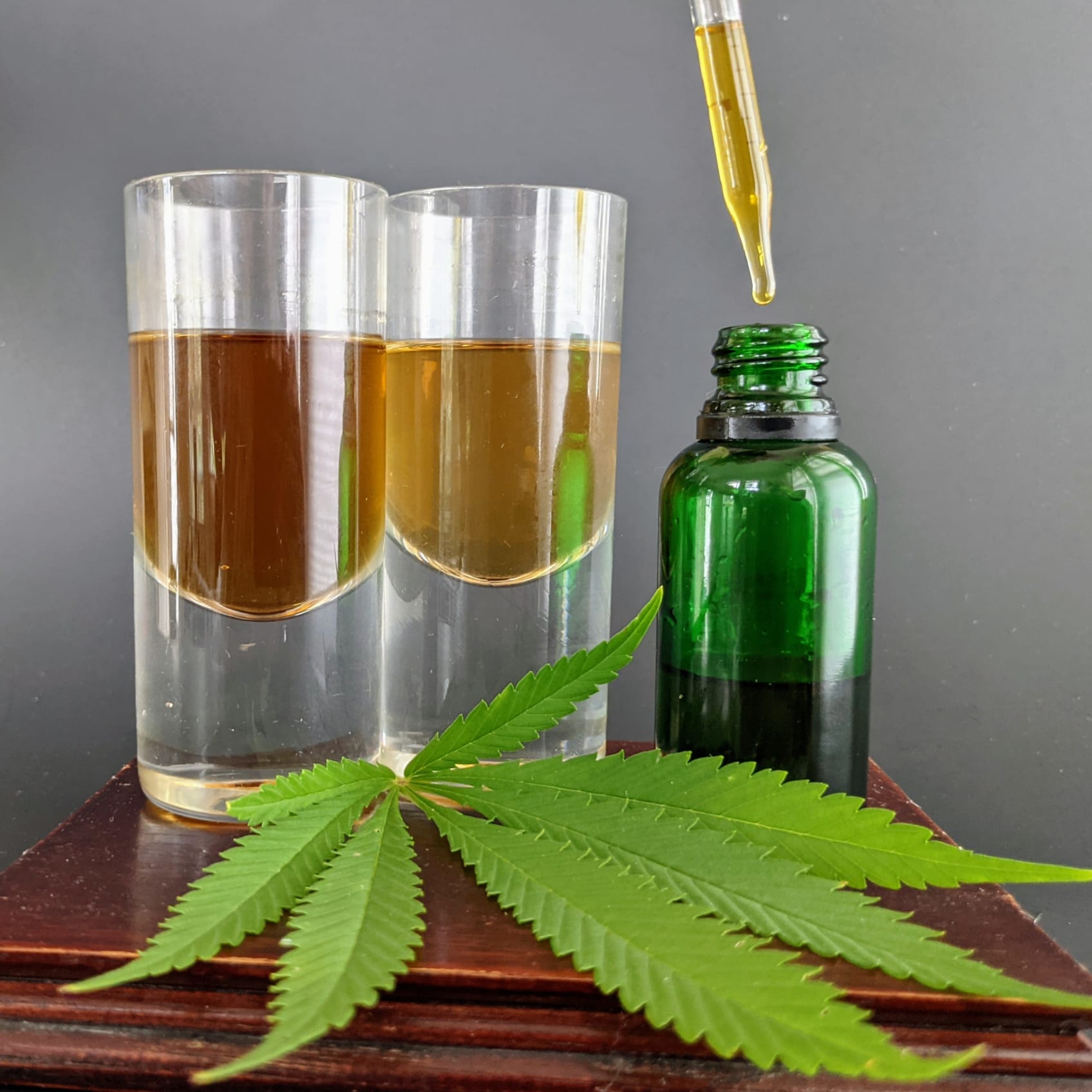
Soaking herbs in alcohol produces tinctures, which are potent and long-lasting.
These tinctures can be used for internal remedies or combined with other ingredients like honey or glycerin to create various infusions, such as oxymels.
Poultices
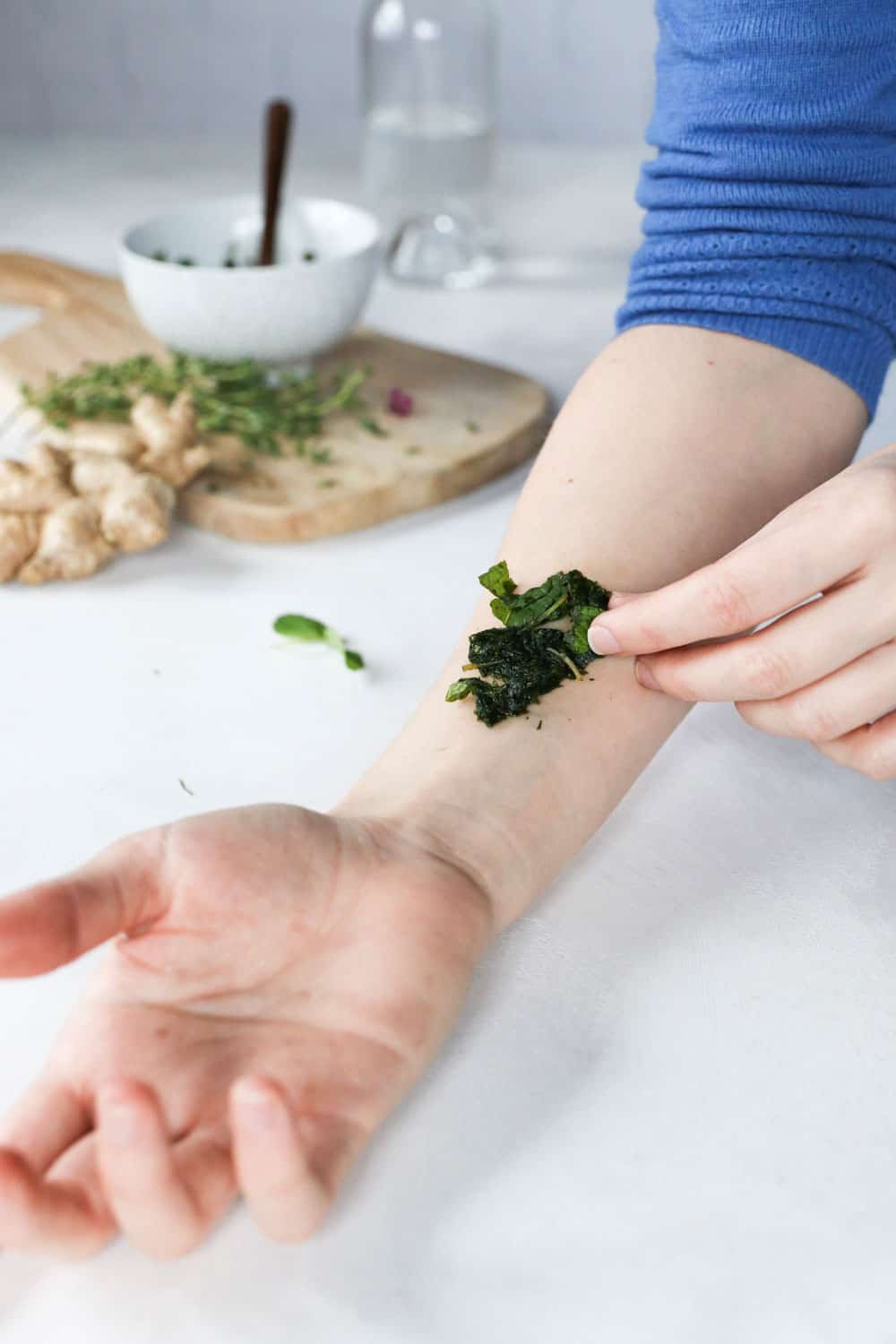
To make a calendula poultice, crush fresh calendula flowers or soak dried ones in hot water.
Then apply the mixture to a cloth and place it on minor cuts, bruises, or skin irritations to support healing and soothes inflamed skin.
